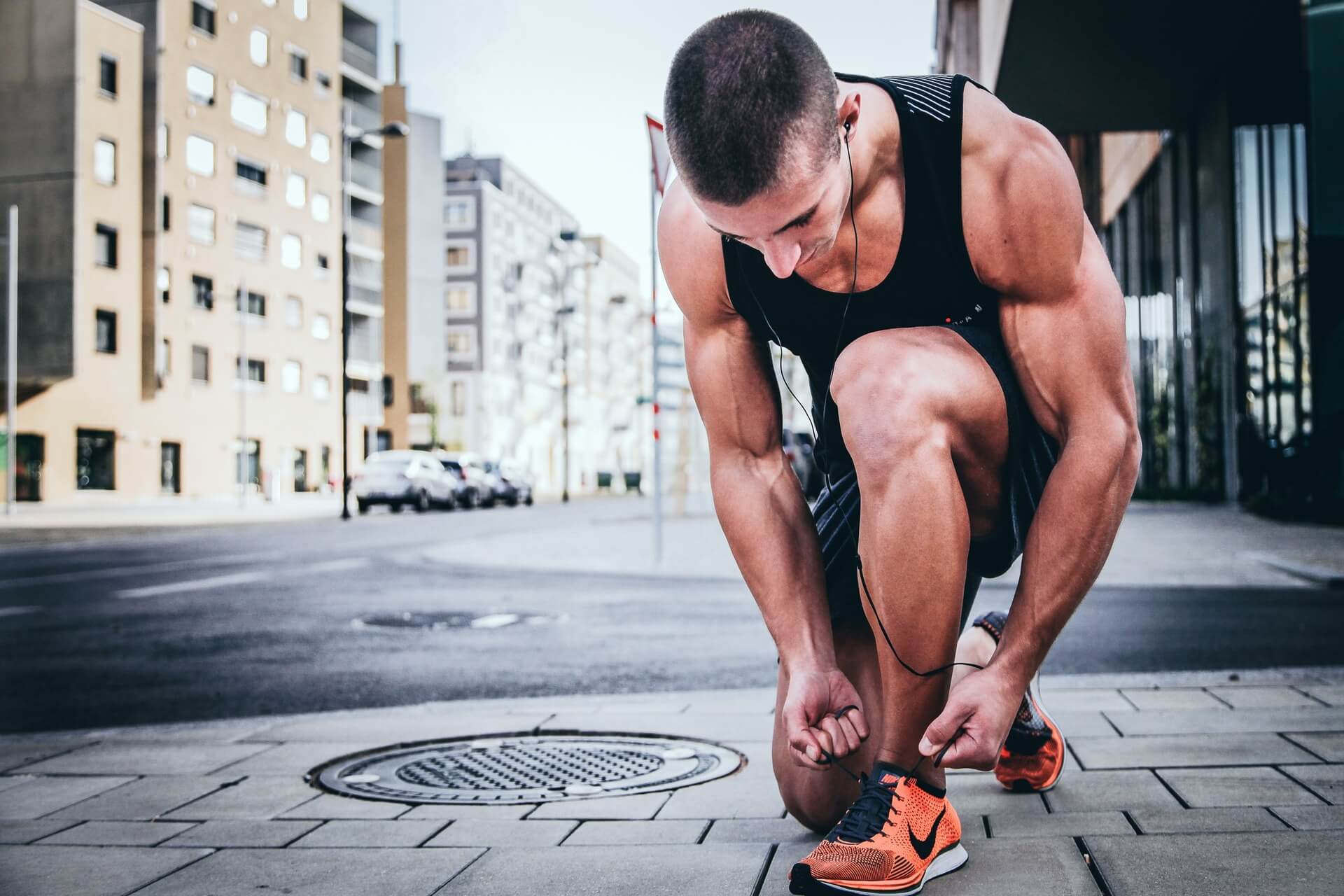How Can Wearable Fitness Technology Improve Your Workouts?
Sep 21, 2022

As an Amazon Associate, Modded gets commissions for purchases made through links in this post.
Working out to achieve your fitness goals can be challenging. If you’re going for a jog outside or lifting weights in the gym, you may feel like you’re exercising without direction if you can’t see your progress. That’s where wearable fitness technology can help.
Gadgets like smartwatches can come in handy for fitness enthusiasts who want to track their health and find ways to improve their workouts. With these six features, wearable fitness technology can help you before, during and after your workout.
1. Counting Calories Burned
Whether you’re trying to lose or gain weight, burned calories are one of the crucial factors in determining your success. Calories give you energy from the food you eat. Carbohydrates, proteins and fats are your body’s three preferred energy sources. Exercising burns these calories and being in a caloric deficit can help you lose weight.
Wearable fitness technology can help your cause by tracking calories burned during a workout. For this calculation, a smartwatch considers your age, sex, height and weight. It’ll track your heart rate while sitting down by calculating your base metabolic rate. Then, the wearable will track your heart rate during exercise. If your heart is beating quickly, you’re likely burning more calories, making them helpful during cardio workouts.
2. Watching Step Counts
Step counts are an essential part of daily life for many fitness enthusiasts. Do you have a daily target? A popular goal for walkers and runners is getting to 10,000 daily steps. Whatever the goal, wearable technology can help you track your step count.
Wearables like a smartwatch monitor your steps by tracking your body’s movements. The watch will use information from the 3-axis accelerometer and the gyroscope. A gyroscope helps your wearable detect if you’re running and the accelerometer detects how fast you’re going. Wearables are smart enough to figure out when you’re walking, running and standing idle. The algorithm will learn from you and give you better data in return.
3. Calculating Floors Climbed
Counting steps is a big deal for walkers, who also track the number of floors climbed. Walking uphill or up flights of stairs can benefit your health by adding resistance to a cardio workout and increasing your heart rate. Your wearable can track how many floors you climb during exercise or throughout any part of the day.
Wearable fitness technology typically contains a global positioning system and an altimeter, which tracks your altitude. With these two tools, the wearable can track if the elevation changes while you’re walking or running. Then, it’ll estimate how many flights of stairs you’ve climbed, equal to your distance and elevation.

4. Monitoring Sleep
Sleep is a fundamental part of your daily life — how much sleep you get determines how your day and workouts will go. Insufficient sleep can lead to lower energy levels during the day and strain your exercise. Luckily, you can use wearables to track your sleep and get insights from your night’s rest.
Your smartwatch can track factors like sleep duration and sleep quality. It can detect when you’re tossing and turning in bed and if you’ve woken up throughout the night. Some wearables can see what phase of sleep you’re in and configure your alarm to wake you up when you’re in lighter sleep, making it easier for you to wake up. Other devices can track your room’s temperature and how much light is present.
5. Measuring Blood Oxygen Levels
Wearables’ ability to track your blood oxygen levels is a significant benefit. As you get older, your blood oxygen levels get lower. Normal levels for children and adults are between 95% and 100%. For senior citizens, that number can drop slightly below the levels of children and grandchildren.
A wearable can help you monitor your blood oxygen levels during a workout and detect if your blood oxygen saturation level has gone too low. Older people and those with respiratory diseases can benefit significantly from this monitoring. It also helps marathon runners, mountain climbers and divers.
6. Setting Timers and Reminders
Wearables provide convenience because you can go places and work out without your phone — you can use one of these gadgets as a stopwatch to measure yourself while running. Try setting a timer in between reps to improve your strength training workouts. For muscular endurance, do 30 seconds in between sets. If you’re aiming for muscle growth, take 30 to 90 seconds between each set.
Making Your Workouts Smarter
Working out is a fun, healthy way to improve and maintain physical health. If you have fitness goals, wearable fitness technology can give you insights into your step count and calories burned. Then, you can decide what adjustments to make to your workout.
These wearables can monitor factors outside your workout, such as sleep duration and quality. Technology has evolved to make life easier, so use these six features to improve your fitness regimen with wearables.





